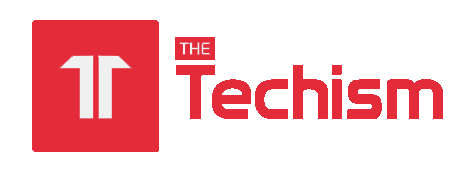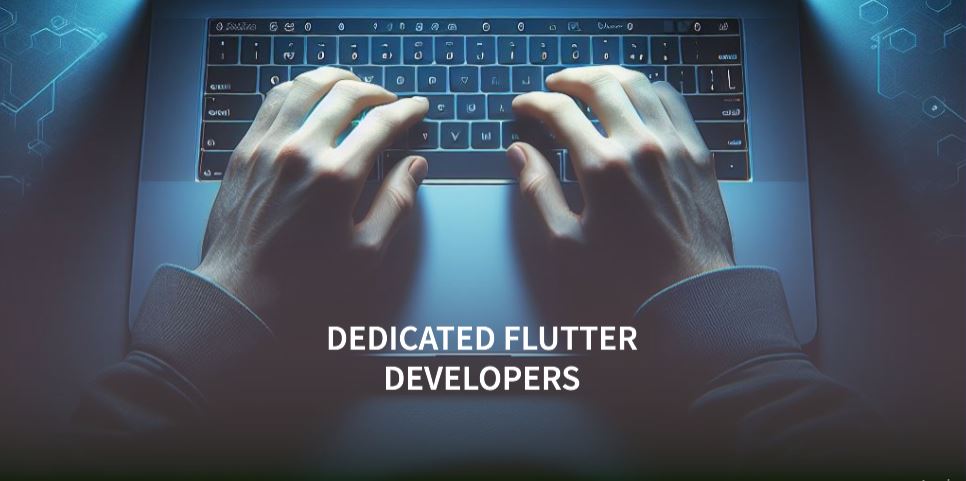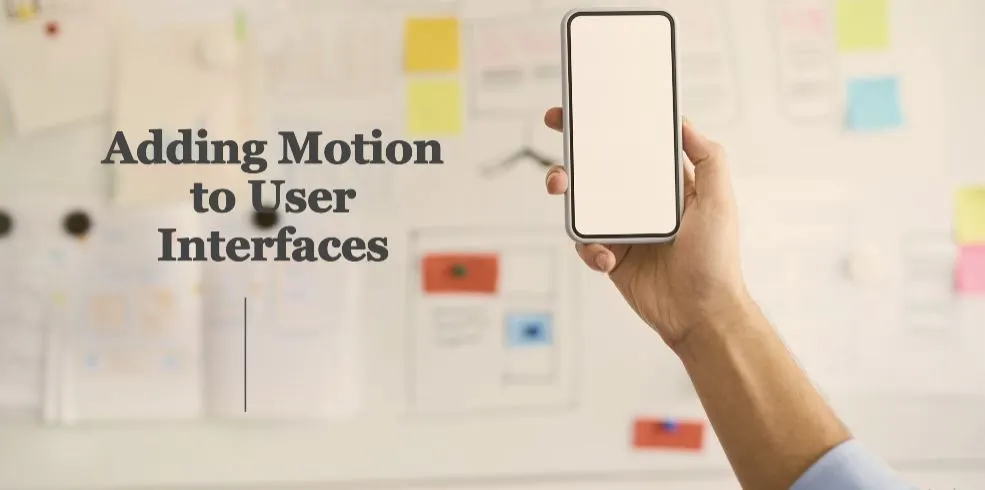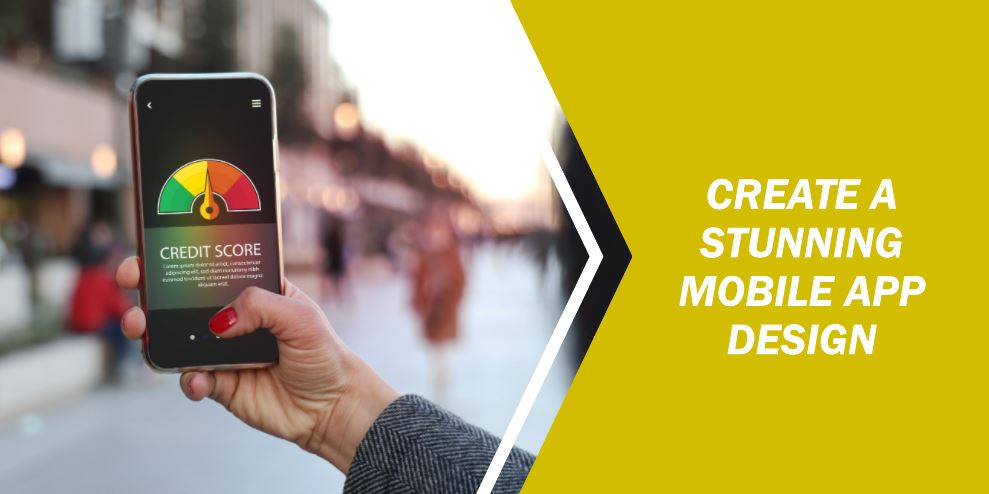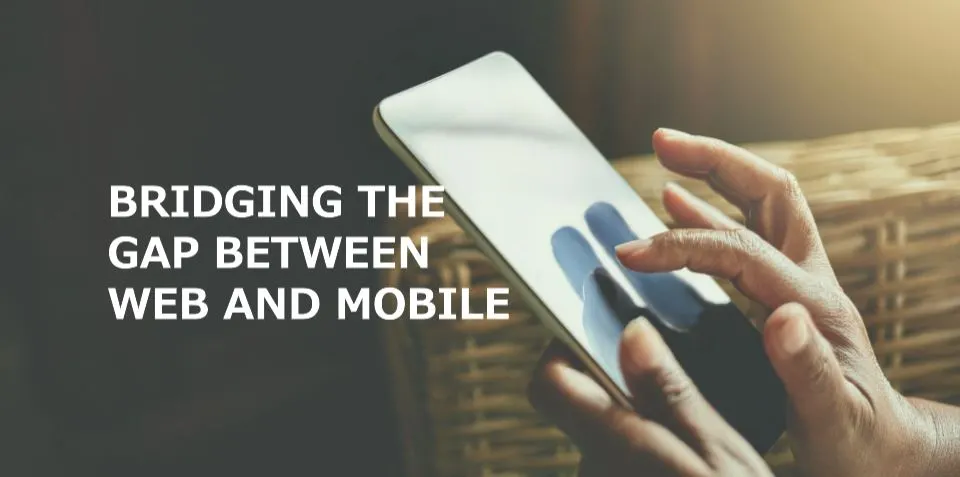Building a minimum viable product (MVP) is a crucial first step in validating your app idea and getting precious feedback from real users. But developing native apps for both iOS and Android can be time-consuming and expensive—not ideal when you’re trying to iterate quickly. Consider hiring dedicated Flutter developers. That’s where Flutter comes in.
Flutter is a cross-platform app development framework that allows you to develop high-quality iOS and Android apps with one shared codebase. Compared to native development or other cross-platform options, Flutter enables you to build feature-rich MVP apps much faster and at a lower cost
As you explore options for bringing your app idea to life, here are 6 compelling reasons why Flutter is the perfect choice for your next cross-platform MVP.
Flutter for Cross-Platform: 6 Compelling Reasons Why it’s the Perfect Choice for Your Next MVP
1. Cost-Effectiveness
Developing native apps for two platforms essentially doubles the development time and resources required. Flutter slashes costs by allowing you to use one codebase and toolkit for both iOS and Android.
With Flutter, you can build an MVP with a smaller, more focused dev team. And because engineering time is reduced, you can likely fit app development into a tighter budget. In fact, typical cost savings are estimated to be around 20-30% compared to native app development.
Compared to alternatives like React Native, Flutter also does away with the Javascript bridge, avoiding the associated performance issues and development overheads.
Bottom line—with quicker build times and smaller teams, Flutter allows you to build quality cross-platform apps even with constraints on capital and resources.
2. Faster Time-to-Market
Every entrepreneur knows that time-to-market is everything. Flutter enables incredibly fast development cycles so you can go from idea to working prototype in weeks rather than months.
Flutter’s sub-second, stateful hot reload gives you lightning-fast feedback during coding sessions. Tweak your code and see changes reflected almost instantly without losing context or state.
On top of that, Flutter’s extensive widget suite allows you to compose UIs faster. Add common UI elements like forms, buttons, sliders with just a line of code instead of having to build them from scratch.
As a result, building the first viable version of your app in Flutter can make you at least 2x faster compared to native development. Some estimates even peg it at 5-10x faster release times.
That acceleration is invaluable in validating ideas cheaply and incorporating user feedback more frequently. You could potentially test 3 versions of a Flutter MVP in the time it takes to launch one native app!
3. High-Performance and Native Feel
Cross-platform frameworks have historically struggled to match the fluidness and responsiveness of native apps. But Flutter breaks from that norm by compiling directly to optimized native ARM code rather than JavaScript.
That means Flutter apps deliver the excellent 60fps scrolling, animations and overall UI performance that users expect from iOS and Android. No more clunky hybrid app experiences.
Top developers like AliExpress have built visually stunning Flutter apps with buttery smooth interactions. And the customizable widgets give your MVP a native look and feel while sharing logic under the hood.
So with Flutter, you get beautiful, fluid MVPs that delight rather than frustrate your initial band of users—critical for credible product validation.
4. Beautiful and Flexible UI
Flutter’s layered architecture gives you immense creative freedom to craft unique, brand-defining style and animations.
Compose stunning UIs faster by mixing and matching from Flutter’s extensive widget catalogue. Or go fully custom by building your own widgets tailored to your brand aesthetics.
Flutter is especially suited for ambitious, design-led MVPs. Apps like Waterman have showcased the delightful, artistic interfaces you can create with Flutter’s customizable widget set.
And unlike web or JavaScript-based options, Flutter UIs look and feel elegant across mobile. Build once and deploy UIs flexibly across iOS and Android without much platform-specific customization.
So if beautiful design is central to your product ethos, Flutter empowers your team to showcase creativity while prototyping MVP ideas.
5. Scalability and Future-Proofing
The typical post-MVP cycle involves either scrapping initial prototype code or dealing with slow, incremental refactors. But Flutter bakes scalability into its architectural design, allowing you to easily extend your MVP as your product grows.
The declarative, componentized UI model promotes reusability across screens. Making sweeping UI changes is as easy as tweaking a single stateful widget.
Most business logic resides in Dart files separate from visual code as well. So it’s simple to enhance existing features or slot in new backend modules without affecting UI.
As adoption grows, Flutter is also expanding support to web, macOS, Linux, and even embedded devices using the same Dart code. While mobile is the near-term focus, exciting multi-experience possibilities lie ahead for early adopters.
Choose Flutter for your MVP now, and you’re setting up your product for smoother growth, more platforms, and longer staying power.
6. Additional Benefits
Beyond the differentiators above, Flutter comes with some extra perks that enhance development experience. With Google backing and surging adoption, Flutter now boasts:
- Hot reload speeds build/run cycles while retaining app state
- Expressive, extensible widget system simplifies custom UI building
- Vibrant developer community provides plugins and support
- Single codebase targets iOS, Android with web and desktop on the horizon
- Access native features like camera, sensors, databases, machine learning, etc
- Built-in testing framework and desktop emulators facilitate testing
- Backed by Google with extensive documentation and guides
For scrappy startups, having great documentation and community activity goes a long way in supplementing internal expertise as needed.
Plenty of entrepreneurs are already using Flutter to build early version successes like Realtor.com’s home shopping app or bettertransport’s mobility platform. Their positive endorsements and case studies reinforce why Flutter is fast becoming many developers’ go-to toolkit for all things MVP.
In Summary
When trying to validate and shape early-stage ideas in the leanest way possible, choosing the right technical foundation is crucial. Out of all the options, Flutter offers the best balance across key metrics like time-to-market, cost, scalability and performance.
While native development is always an option later, Flutter’s sweet spot is in enabling easy experimentation and learning without heavy resource burdens in MVP mode.So next time inspiration strikes for your next big app venture, consider taking Flutter for a spin first. By hiring dedicated Flutter developers, you could progress from vision to validated prototype faster than ever before.
